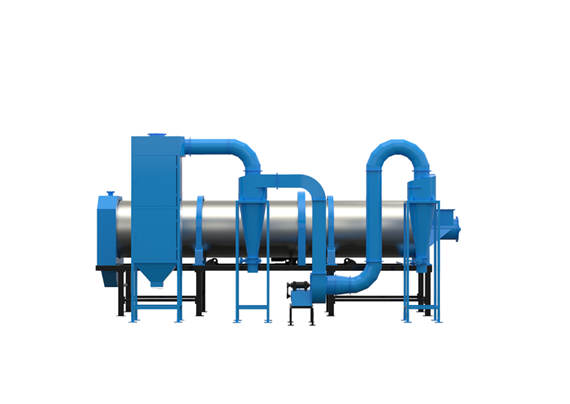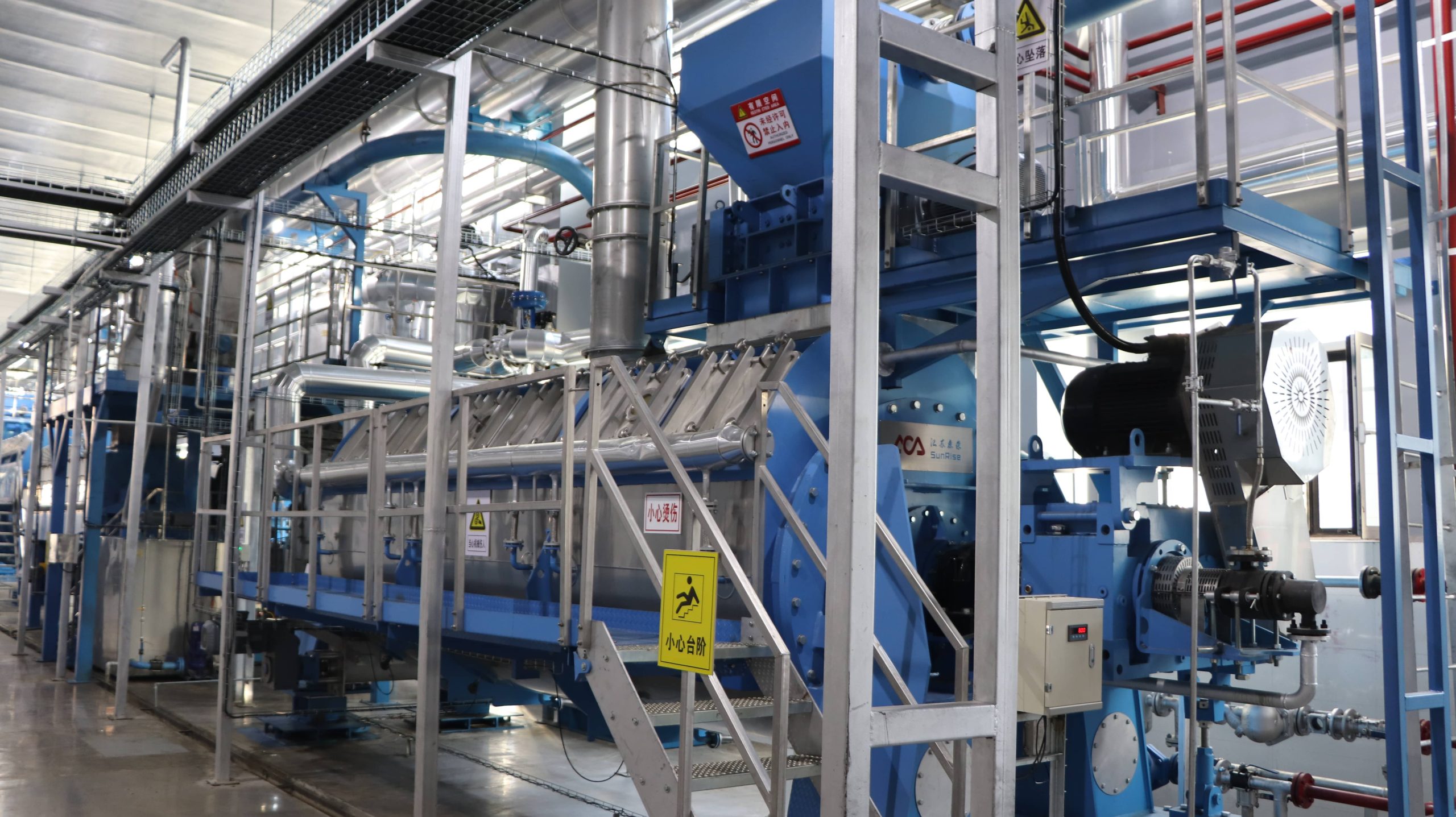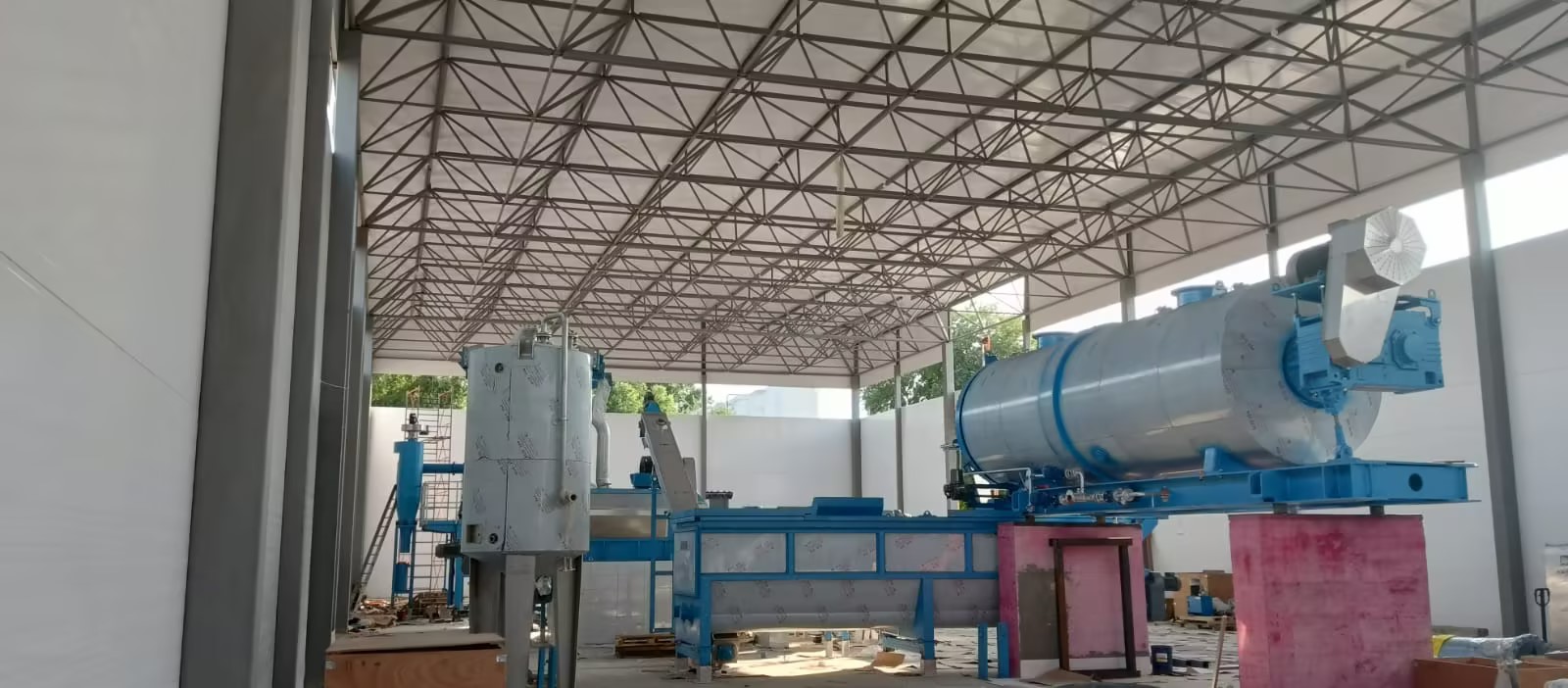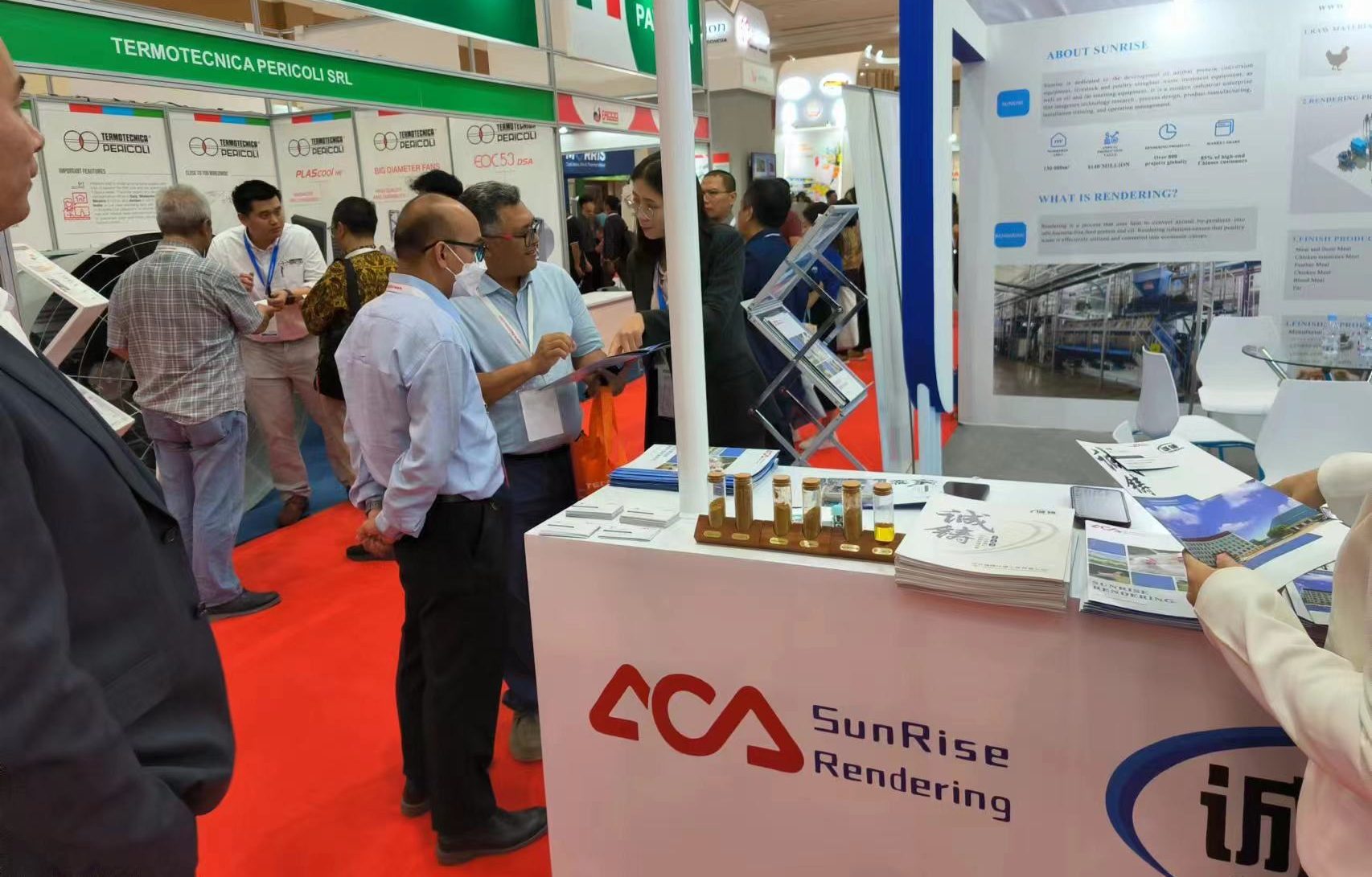
Understanding the Rendering Plant Definition, Process, and Environmental Impacts
Understanding the Rendering Plant Definition, Process, and Environmental Impacts
Rendering plant definition:
- The rendering plant definition can be described in this blog post. Animal waste tissue is transformed into stable, useful materials through rendering. Rendering can refer to any method that transforms animal products into more valuable goods, especially converting complete animal fatty tissue into pure fats like lard or tallow. Large-scale industrial, agricultural, or residential rendering is all possible. It can also be used with pulped non-animal products. The rendering process creates a fat commodity and a protein meal, drying the material and separating the fat from the protein and bone.
- These facilities are essential for turning organic waste, animal byproducts, and food waste into valuable goods while limiting their negative environmental effects. Rendering plants might need to be more aesthetically pleasing or dazzling at first.An establishment known as a rendering plant transforms animal byproducts or corpses into useful goods, including tallow, chicken fat, grease, meat, and bone meal. Rendering facilities are frequently used to dispose of animal remains, but they also play a significant part in recycling. Animal fats and oils are processed in rendering facilities for various products, including food, soap, and cosmetics. Both the commercial and domestic sectors employ items made from animals in the rendering process.
Commercial rendering plants: These establishments handle waste from slaughterhouses, meat-packing plants, dairies, and other sources. Used cooking oil and grease from restaurants can also be processed by them. The generated components—either edible or inedible—are then sold to producers as raw materials for making soap, candles, and other goods.
Household rendering plants: Kitchen fats, oils, and grease are recycled in household rendering facilities to create biodiesel fuel. These facilities are frequently run by regional government bodies or private businesses contracted by the state or federal government to collect grease from eateries or individuals who have put collecting containers in their houses.
Sources of raw materials:
Most animal products’ processed tissue originates from slaughterhouses, although it can also be restaurant fat, butcher shop scraps, or expired meat from supermarkets. The fatty tissue, bones, and offal of animals destined for the slaughterhouse and those that have passed away on farms, during transport, etc., are all examples of this material. The most popular animal sources are beef, pig, mutton, and poultry.
Process modifications:
There are several variations in the rendering plant definition:
- Depending on the quality of the raw materials, the processing techniques, and the machinery used, the final products may be used as food for humans or animals.
- Wet or dry methods might be used to process the material.
- In wet processing, the substance is mixed with either steam or boiling water, which separates the fat into a floating phase.
- By dehydrating the source material, fat is liberated during dry processing.
- Either a high or low-temperature range may be employed.
- Rendering might be carried out continuously or in separate batches.
- A packing plant that manufactures the material on-site may run the processing facility or run by a separate business that purchases input materials from vendors.
Processes used in edible product rendering:

The production of lard or consumable tallow for food items results from edible rendering procedures, essentially meat processing activities. The process of rendering food is often done continuously at a low temperature. The process frequently involves heating the finely chopped edible fat components with or without additional steam, followed by two or more steps of centrifugal separation. The water and fat liquid mixture is separated from the particles in the first stage. The fat is further separated from the water in the second stage. Depending on the original components, the solids could be utilized in meals, pet feeds, etc.
The benefits of a rendering plant:
The advantages of a rendering factory include the production of fertilizer, soap, glue, paint, and even plastic pellets. The rendering process also yields a variety of culinary goods that may be sold or used in the food sector. It is crucial to take the time to comprehend all the advantages a rendering facility offers. This will make the appropriate choice regarding this kind of business possible. A rendering facility has several benefits, some of which are listed below:
Profitability:
The belief that there is a lot of money—possibly billions of pounds—to be gained from owning a rendering factory is one of the primary reasons why so many individuals make this decision. While this might not always be the case, there is room for profit if your firm operates well and the equipment is purchased at the appropriate time. Operating a rendering facility is quite inexpensive compared to alternative ways of manufacturing animal fat, including butchering animals yourself or buying it from stores. Small firms who cannot afford to acquire expensive equipment or pay high rates to employees with specialized expertise can now afford it.
Environmental Advantages: People who desire their rendering facility also do so to help the environment. You no longer need to bury or burn deceased animals if you own a rendering facility.
When you utilize a rendering factory, there is no pollution, unlike when you kill animals yourself because all waste is turned into goods like fat and bones that are sold for profit.
- Wider Product Selection:
Compared to purchasing completed goods from another firm or manufacturer, running a rendering facility provides access to a wider range of items.
What is a rendering plant’s process?
After reading the brief explanation above, you should understand what a rendering plant is and how it operates. Cooking raw materials for fertilizer, animal feed, or other products is called rendering. This industrial process transforms a wide range of basic materials into a more usable product. Pet food, fertilizer, and biodiesel manufacturing frequently employ rendered goods. Animal carcasses, usually buried or burned, can be disposed of via the rendering procedure. However, it is most frequently used for animal byproducts, such as bones, blood, hair, hooves, and horns, produced at slaughterhouses and meat packing facilities.
Conclusion:
The processing and disposal of animal byproducts is greatly aided by rendering factories. These facilities provide effective and environmentally friendly options for processing products that might otherwise go into the trash. This blog post will delve into the world of rendering plants, providing a comprehensive rendering plant definition and overview of their operations.



